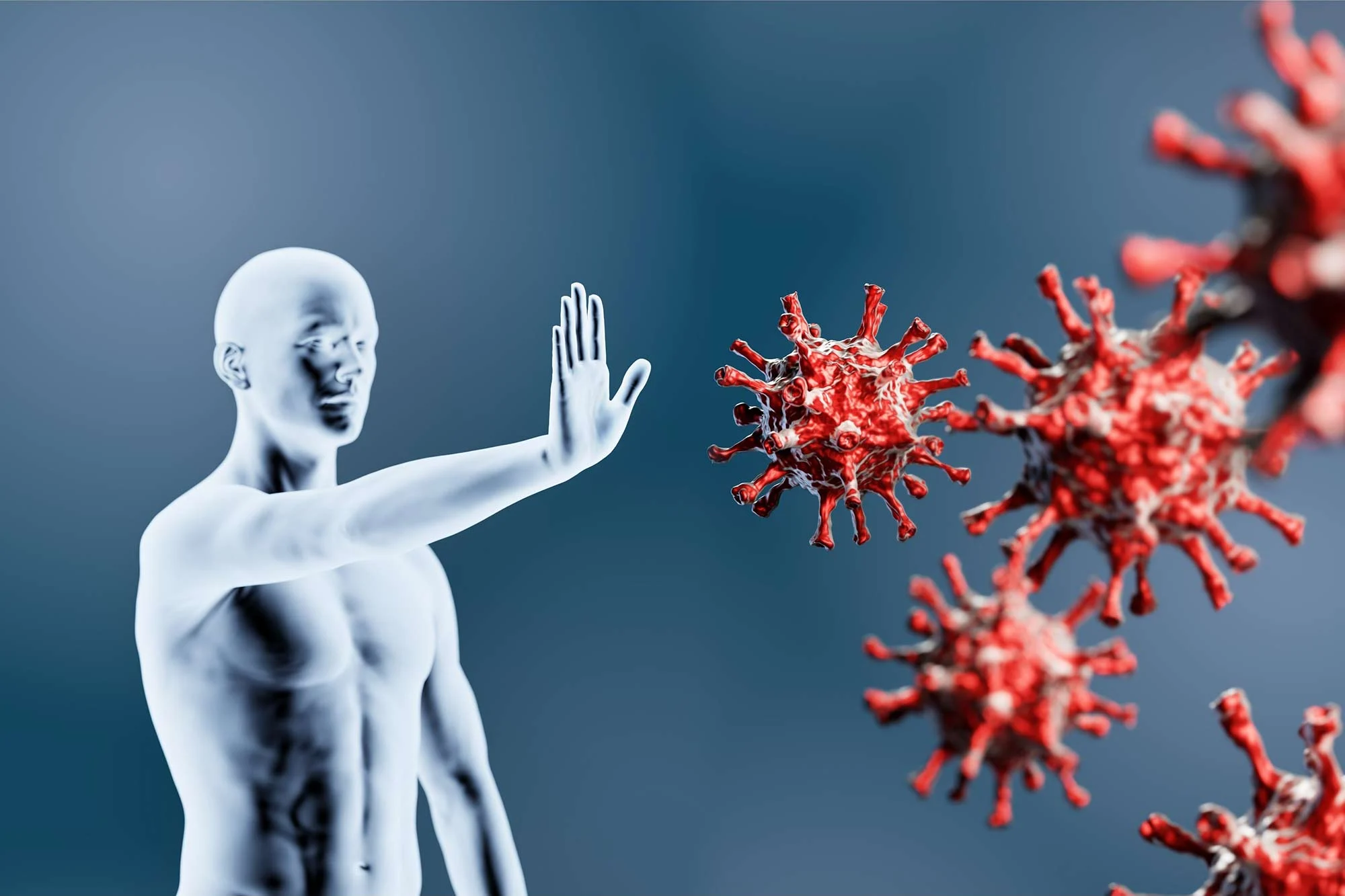
Introduction
Saptadhatu (seven-tissue) theory is one of the fundamental aspects of Ayurvedic system of medicine. The concept of ojasa is very subtle and fundamental. Ojasa may be defined as and supreme and ultimate essence of Saptadhatu (seven-tissue) starting from rasa (plasma) to sukra (seminal fluid). Ojasa basically refers to the vital and essential energy of the immunity or the immune system. In nutshell, ojasa is chiefly responsible for vitality, immunirty and strength.
Ojas is basically the by-product of an efficient, contented and healthy physiology. Ojas is the essence or juice which remains present after the proper digestion and assimilation of the food-stuffs. When the human body is capable of producing ojas, then all the organs retain vitality and the body is receiving the micro- nutrients and macro-nutrients in optimal strength. When the biological fire or agni is not working in a proper fashion, the body is not in a position to produce ojas. Under these circumstances, food, feelings and thoughts convert into ama.
Ojas of Ayurvedic system of medicine is comparable to the concept of the immune system in modern medicine. Immunity is nothing but the capacity of the human body to fight against diseases. Ancient Ayurveda lexicons and texts written around 5000 years ago describe specific disease resulting from impaired immunity.
Saptadhatu (Seven-Tissue) Theory
As per rule and regulation, food we eat is firstly converted into Rasa. Once there is formation of Rasa, the remaining gets converted into Rakta. Once there is formation of Rakta, the remaining gets converted into Mamsa. Once there is formation of Mamsa, the remaining gets converted into Meda. Once there is formation of Meda, the remaining gets converted into Asthi. Once formation of Asthi is over, the remained gets converted into Majja. Once there is formation of Majja, the remaining gets converted into Shukra.
Dhatvagni
All the seven element tissues of the body contain their own agni to metabolize the nutrients supplied to them through channels of circulation.
- Rasagni in the Rasa Dhatu-plasma
- Raktagni in the Rakta Dhatu-blood
- Mamsagni in the Mamsa Dhatu-muslce
- Medagni in the Meda Dhatu-fat
- Asthyagni in the Asthi Dhatu-bone
- Majjagni in the Majja Dhatu-bone-marrow
- Shukragni in the Shukra Dhatu- reproductive fluid
The Anatomy of Ojas
The classic texts of Ayurvedic medicine, describes Ojas as the ashtadhatu (eighth tissue of the human-body). Ojas is mad up of the final essence of saptadhatu. Ojas is also known as dhatusara ojas. Ojas is contsantly under and can be described as the final essence of the biological water, Kapha in the human-body.
Para Ojas and Apara Ojas
While ojas is considered to be subtle, grounded aspects of the same, also exsist (para ojas and apara ojas).
- Para ojas (ashtabindu): Para ojas is sitiated in the heart, or chest/thorax. Para ojas exsist as eight drops, (ashtabindu). Para ojas normally circulates through the 10 main blood-vessels) or channels of circulation going towards the heart. These may be linked to the coronary blood vessels. Some experts are of the view that para ojas stands for to T-cells. T-cells originate from the thymus gland, which is located in the thorax.
- Apara Ojas is taken as nourishment of the tissues. Apara Ojas is present throughout the human-body. As far as the quantity of the Apara Ojas is concerned, the ancients have implied the physical presence, as good as half an anjali. Some experts are of the view that apara ojas stangs fo the circulating antibodies having origin in B-cells, (they originate from the bone marrow).
Properties of Ojas
Ojas has ten properties or attributes in the human body which clealry imply it is a substance:
- Guru (heavy)
- Sheeta (cold)
- Mrdu (Soft)
- Slakshna (smooth)
- Bahala (densely abundant)
- Madhura (sweet)
- Sthira (stable)
- Prasanna (bright and clear in consistency)
- Picchila (sticky)
- Snigdha (unctuous)
Prana-Tejas-Ojas
The three pure and energies that underlythe three biological humours are known as the triad of prana, tejas and ojas. According to the yogic school of thought, prana represents the the subtle energy of air or the life force. The main function of prana is to coordinate the process of respiration. Tejas represents the the subtle energy pitta or fire. Tejas represents vitality resulting from correct digestion of food-stuffs. Ojas represents the subtle energy of the biological water or kapha.
The depletion of ojas can occur through physical (loss of nourishment, excessive physical activity and intake of unsuitable foods) and mental factors (depression, anger, fear, worry and sorrow).
There stages of depletion and gradual loss of the ojas have been eloborated:
- Ojovisramsana: Ojovisramsana occurs when the ojas looses its original path. Ojovisramsana is marked by deterioration of body functions and looseness of joints.
- Ojovyapat: Ojovyapat occurs when the quality of ojas is compromised. Ojovyapat is characterized by oedema, insomnia, discolouration of the skin and heaviness of the body.
- The third one is characterized by fear, loss of colour insecurity and fearand weakening of the sensory system.
